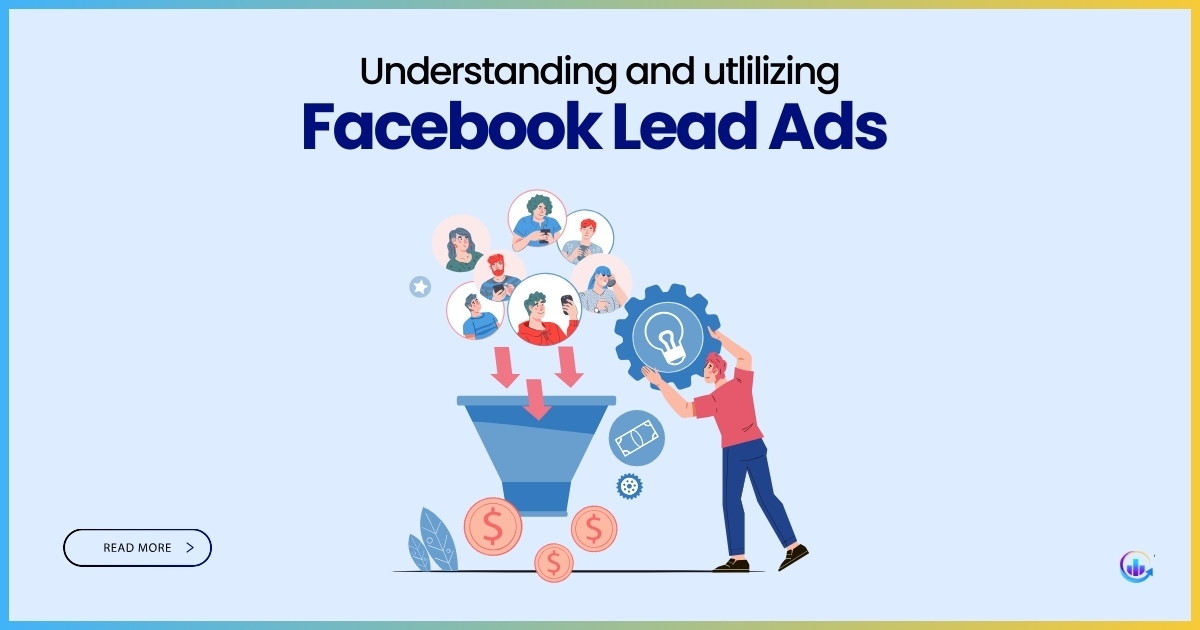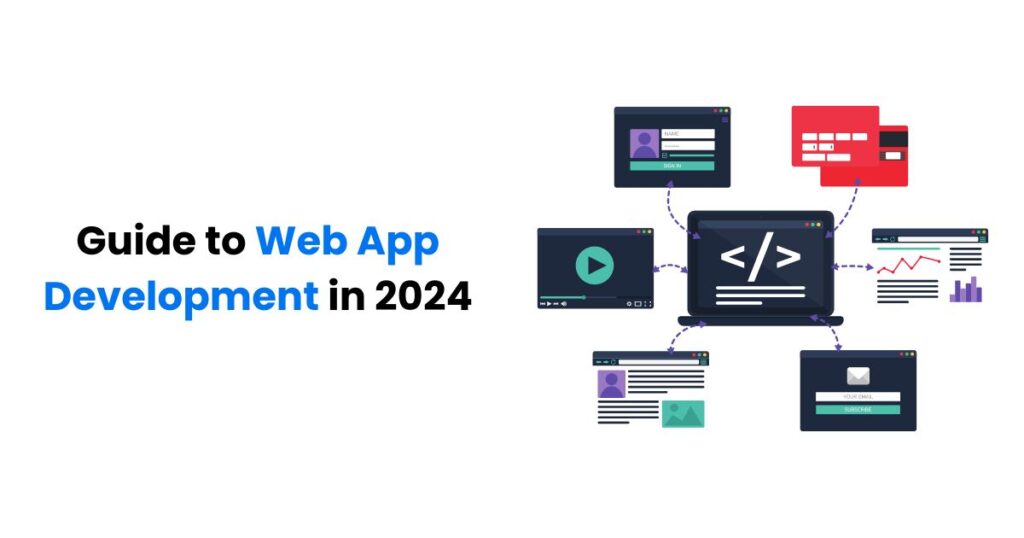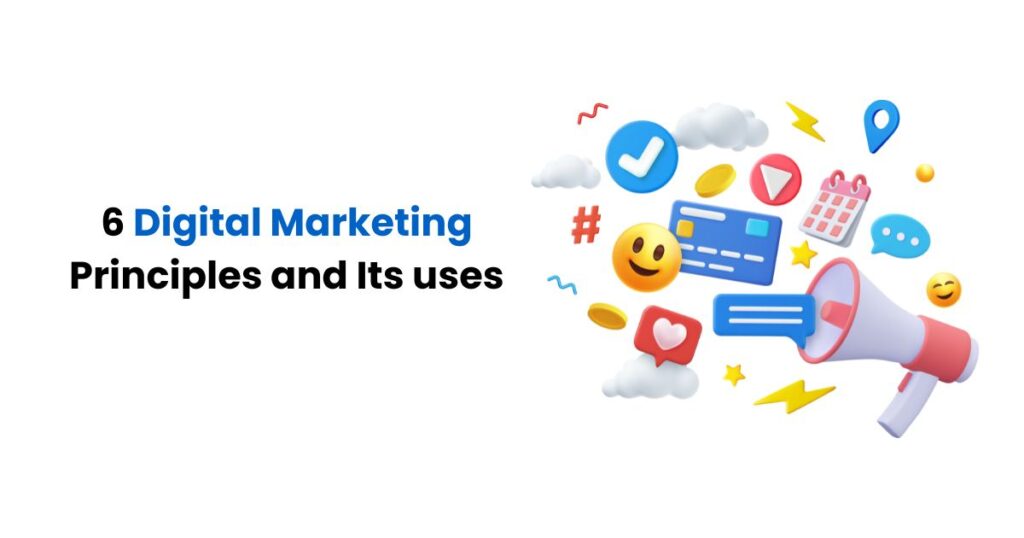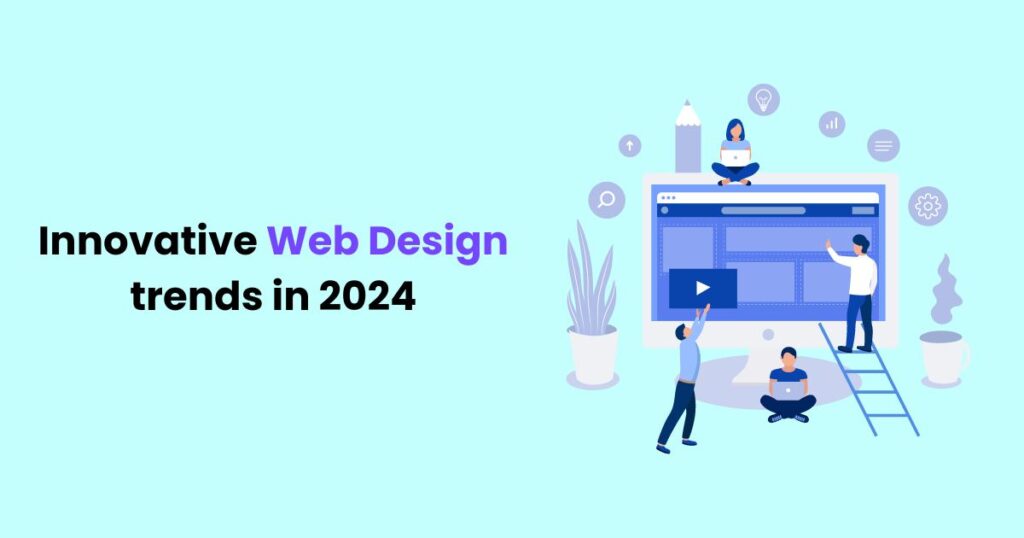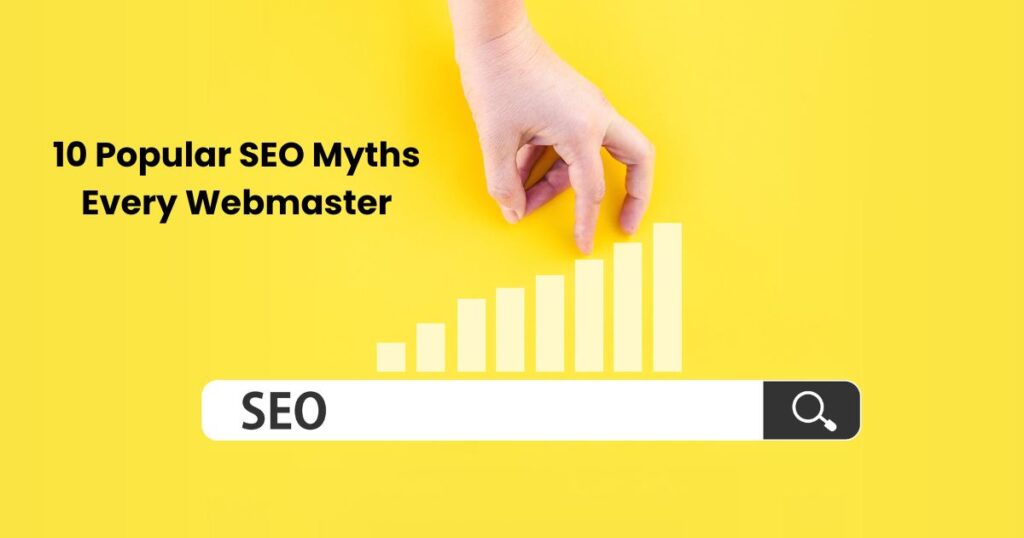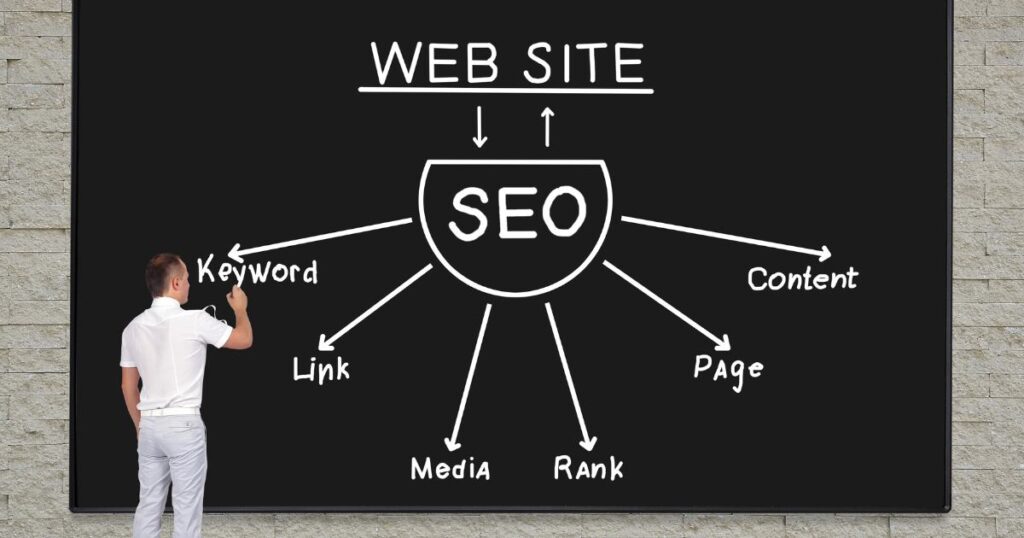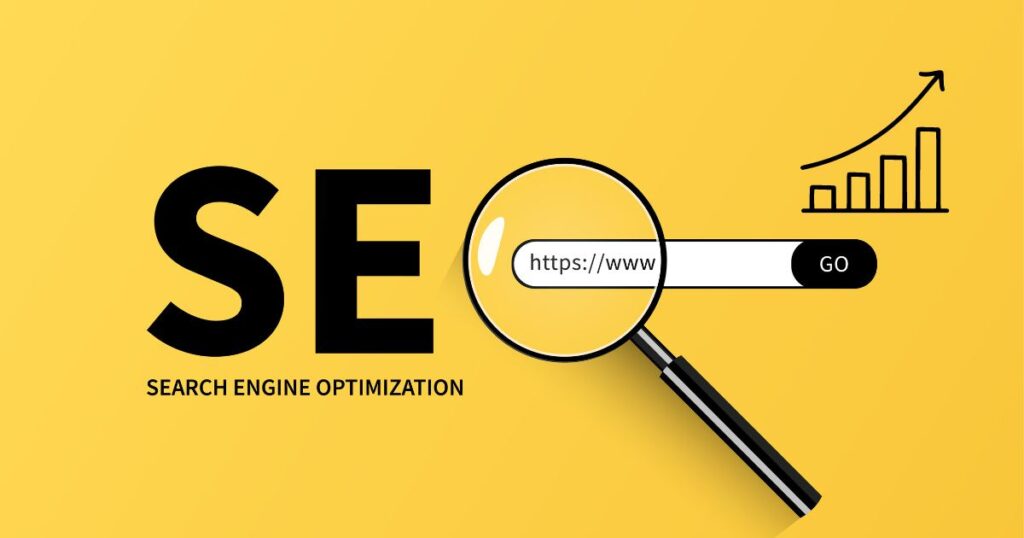What are Facebook Lead Ads?
Facebook lead advertisements are mainly promotional forms, lead advertising is notable for being mobile-optimized. These forms enable marketers to collect information from clients while also providing opportunities to engage, such as email subscriptions, demo requests, and contest participation. When someone clicks on a lead ad, they are directed to a form that is prepared with data obtained from their Facebook profile. The remainder may be done with a few simple taps.
Once entered, the information is sent immediately to the company’s customer relationship management (CRM) system and downloaded as a CSV file. This gives social media marketing pros a quick and effective approach to follow up and seal business.
Are Facebook Lead Ads Effective?
Since Facebook lead ads are sponsored and paid ads it is difficult to have a well-planned lead-generating strategy for it however it works and is beneficial for the businesses to make a mark in the market through social media and social media marketing services as well.
According to data, the average rate of conversion for Facebook lead campaigns is 12.54 percent, demonstrating its success in social media marketing. This percentage is higher than the typical 10% found in other sponsored social media adverts. Furthermore, Facebook’s precise targeting capabilities enable businesses to interact with their target demographic more efficiently, increasing the possibility for producing high-quality leads. However, the effectiveness of a Facebook lead ad is determined by a variety of criteria, including ad originality, copy quality, and audience relevancy. To increase the performance of the ad, these parts must be tested and optimized continuously.
Are Facebook Lead Ads a Right Strategy?
Facebook lead advertisements may be an effective tool for improving conversion rates, but whether they’re right for your company depends upon the business’s marketing goals. However, some factors can make your marketing strategy for increasing conversion rates and lead generation easy and effective immediately.
Data Collection
Companies may collect potential consumer information without using a dedicated landing page or a complex conversion procedure. One notable advantage is that the collected data connects effortlessly with your customer relationship management, or CRM, system, eliminating the need for manually entering it and saving time and resources.
Mobile-friendly Optimization
Lead Ads provide outstanding mobile responsiveness. Forms are designed for mobile screens since mobile devices are the most common way people use Facebook. Prospects can fill lead forms with ease, regardless of the technology utilized.
Bull’s Eye Targeting
In the context of social media marketing, Facebook Ads Manager offers powerful targeting capabilities, allowing you to engage with particular audiences based on demographics, interests, and behaviors. As a result, the leads created by these campaigns are extremely suitable for the business service or goods, demonstrating the platform’s efficiency in targeted advertising.
Cost Effective Ads
Social media marketing for the platform of Facebook enables companies to get the most out of ad spend by only displaying advertisements to those who are most likely to convert. Lead advertisements, for instance, cost less per lead than traditional advertising approaches. This makes them a cost-effective solution for firms seeking to boost their return on investment (ROI) through sponsored social media advertising.
Tips For Crafting Effective Facebook Lead Ads
Creating Facebook lead ads is just the first step; the real difficulty is figuring out how to optimize your approach to increase conversion rates. Below are the tips to get the maximum out of the social media marketing strategies especially for generating leads and increasing conversion rates via Facebook.
Narrow Target Audience
By narrowing down the target audience a more customized and relevant advertisement experience that appeals to your target clients by reducing the size of your audience. Conversion rates and a return on your advertising expenditure may rise as a result.
Facebook ads that engage should take into account the target audience for your product or service by looking at demographics like location, gender, and age. Along with that, Facebook’s advertising services include a range of targeting possibilities, such as bespoke audiences built on past interactions with your company and basic demographics, interests, and behaviors.
Creative Tag Lines
Creating creative tag lines or content is essential to grabbing viewers’ attention and encouraging action. To do this, comprehend the problems that the target audience has and emphasize the advantages or remedies that are obvious. Make use of succinct, eye-catching headlines that are combined with strong calls to action, such as “Download Now” or “Join Today.” It’s crucial to stick to a consistent style and messaging to preserve the integrity of the business
Creative Graphics
Your lead-generating ad stands out in the Facebook feed with visually appealing content. Tell the narrative of your brand with photos or films that are of excellent quality. Try out several images to determine which ones your audience responds to the best. Facebook suggests that to successfully communicate your message, use graphics and fewer words.
Target the Right Audience
Facebook offers a variety of targeting options for successful lead-generation efforts, including:
Similar Characteristics Audiences: These extend your reach to prospective interested individuals by reflecting the characteristics and behaviors of your present clients.
People Near You: By using Facebook’s Business Locator, advertisers may interact with people who are close to their physical locations. This is a great way to increase in-store visits and draw attention to local promotions.
Targeted Audiences: Those who have interacted with your brand, such as email subscribers or website visitors, are ideal for remarketing and customizing offers for devoted patrons.
10 Steps to Create a Facebook Lead Ads
You are probably wondering how to make a Facebook lead ad with an easy guide, below are the steps for you to follow in the situation of creating Facebook lead ads.
- Navigate to Ads Manager.
- Choose “Create” from the menu on the dashboard’s left.
- Choose “Lead generation” as the objective and give your campaign a name.
- Choose the page that will host the lead advertisement. After selecting “View Terms,” you must accept the terms and conditions of Facebook Lead Ads.
- Establish your budget, schedule, places, and target audience. Recall that lead advertisements aren’t allowed for anybody under the age of 18.
- Select the format of your choice for the lead ad: slideshow, video, carousel, or single image.
- Fill in your call to action, body content, and headline. As you create your advertisement, a preview of it is shown in real-time on the right.
- After scrolling down, select “Contact Form.” This is where you might include a thank-you screen, an introduction, questions, and your company’s privacy policy.
- After selecting Settings from the form name, confirm that you want to get organic leads. Although suggested, this further step is not required. Here is where you may also modify the language of your form.
- In the top-right spot, choose Finish. When you’re ready to publish, review your ad in Ads Manager and click Confirm.
Following the creation of an advertisement, leads can be obtained manually, via Facebook Marketing API implementation, through customer system integration, or other means.
Conclusion
In conclusion, Facebook lead ads are one of the ways for businesses to make a mark in social media’s virtual world for growth, sustainability, brand recognition, visibility, and most importantly higher conversion rates with experts in social media marketing, a business can do wonder if guided properly and filling all the loopholes that make business achieve its goals and objectives shortly in a competitive market.

